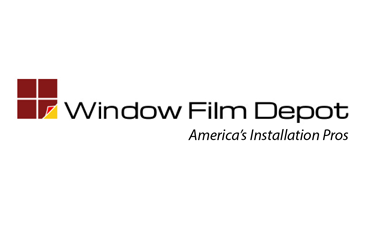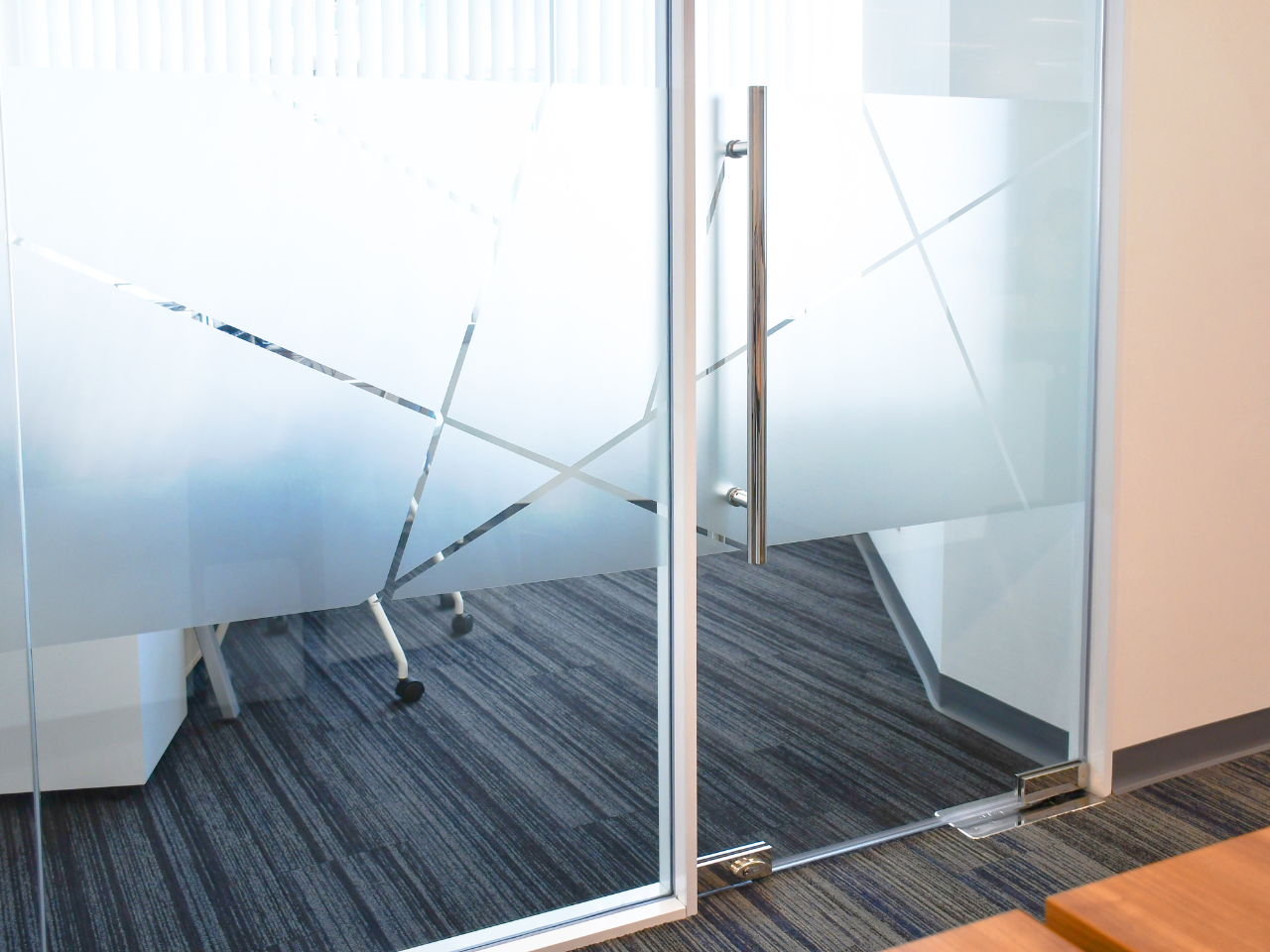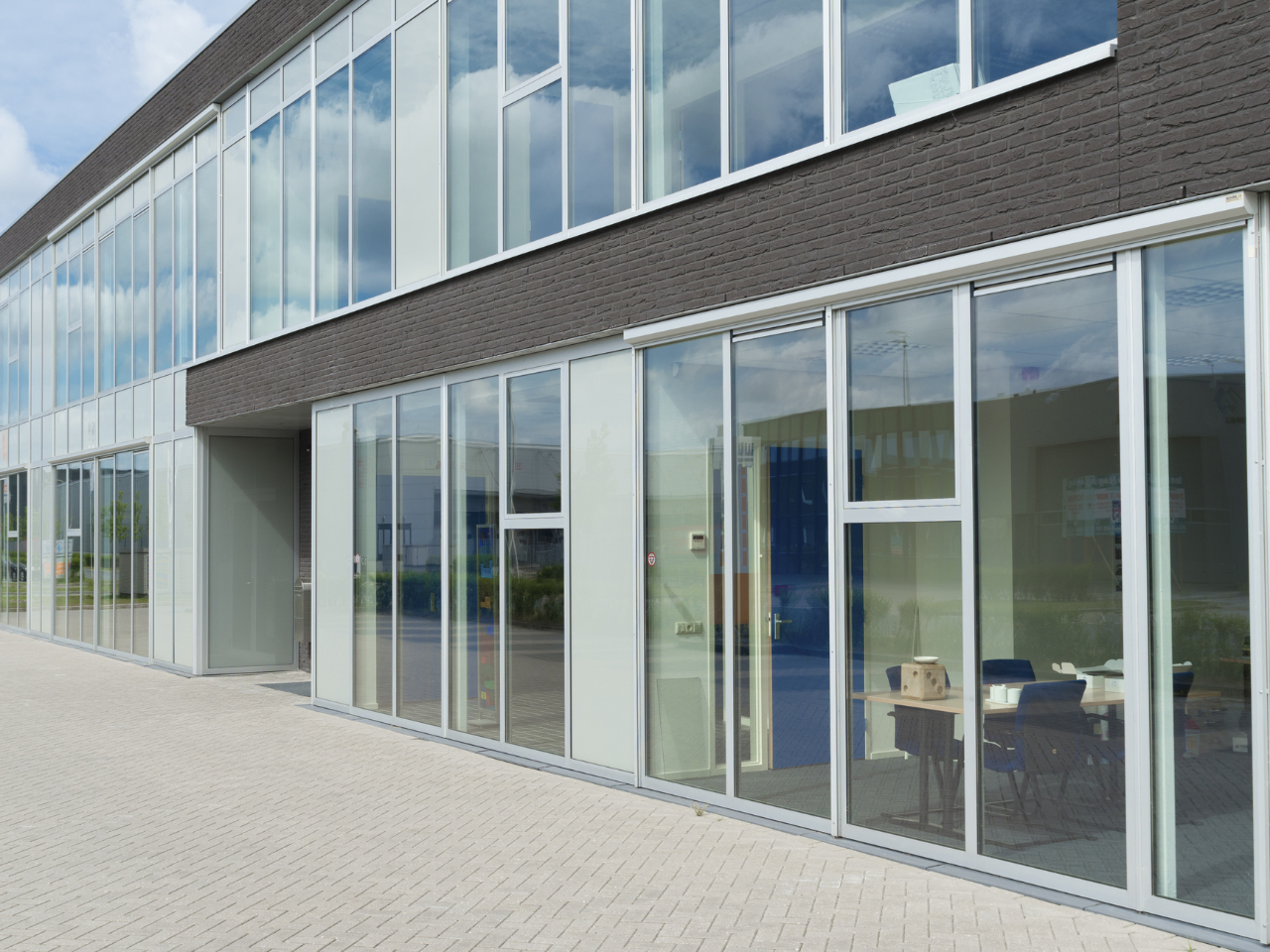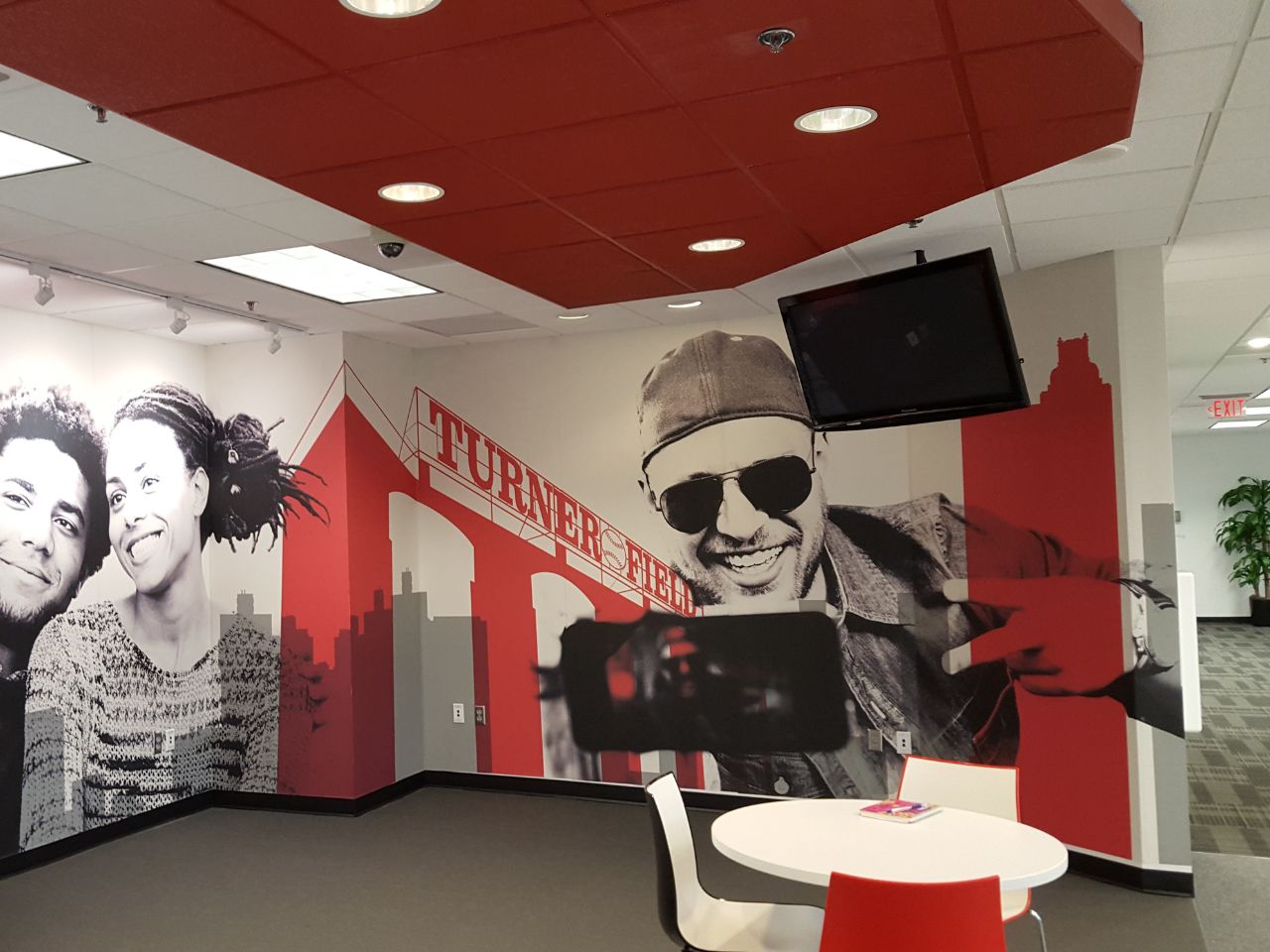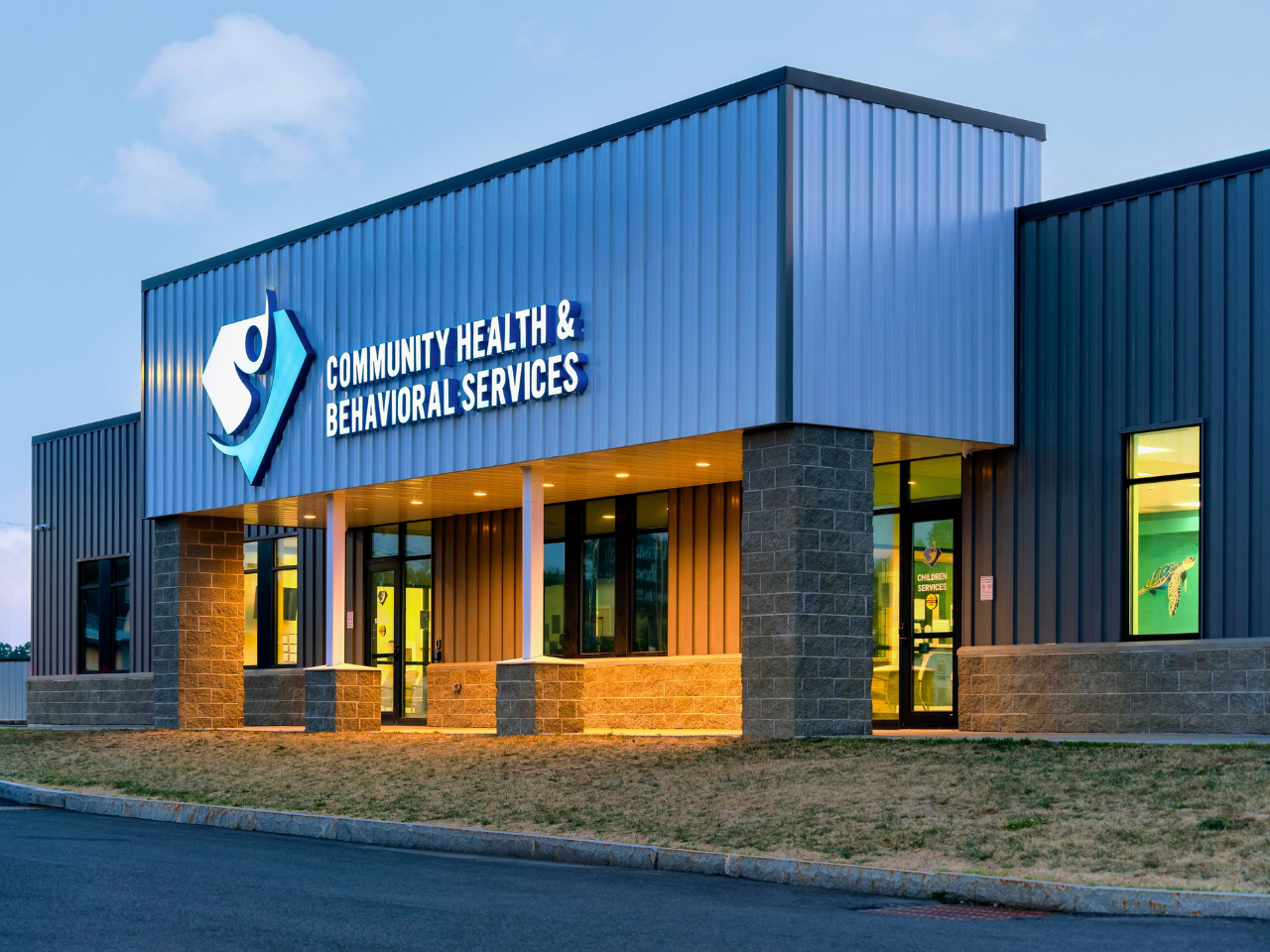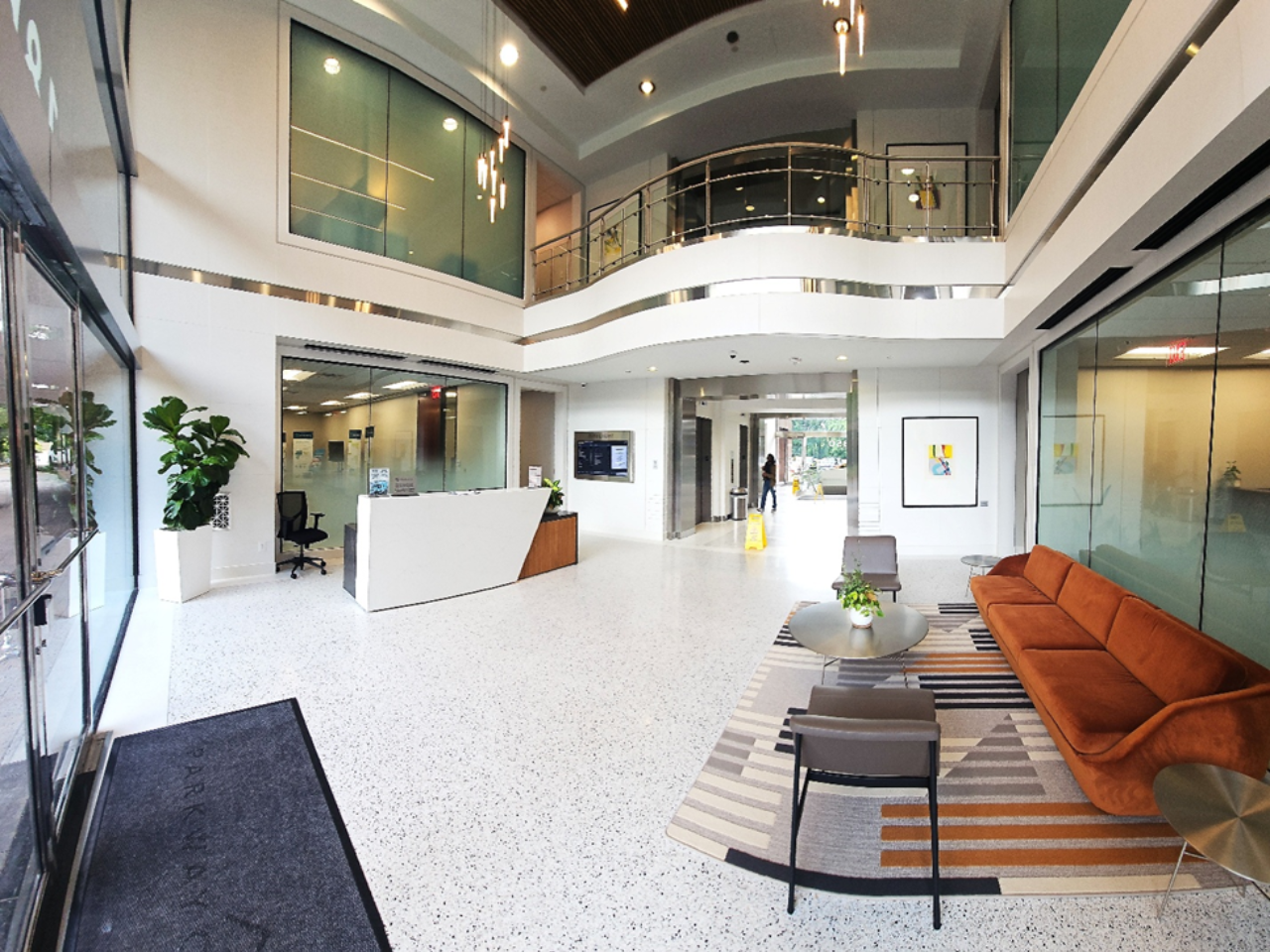How daylight and glare control strategies improve building performance, tenant comfort, and compliance with LEED v5 credits
Rising energy costs and evolving sustainability standards are reshaping how commercial buildings are designed, renovated, and operated. Building owners and managers are tasked with enhancing energy efficiency and aligning with green building frameworks such as LEED v5.
Window film upgrades have emerged as a powerful, cost-effective strategy for optimizing building performance and advancing sustainability goals.
Modern window films improve daylighting balance, glare reduction, and light pollution control. This helps facilities meet key LEED (Leadership in Energy and Environmental Design) credit criteria. By managing how natural and artificial light interact with glazing systems, these films enhance visual comfort while reducing energy use.
Light pollution refers to excessive or misdirected artificial light that obscures the night sky and disrupts ecosystems. According to James Madison University’s planetarium research, light pollution contributes to energy waste, impairs sleep cycles, and affects wildlife behavior. Integrating selective or low-transmission window films helps mitigate these impacts while improving the building’s sustainability profile.
The U.S. Green Building Council (USGBC) advances LEED v5 standards, window film delivers measurable benefits in daylighting and glare control. These include improved energy savings, enhanced wellness design, and greater long-term asset value.
The Business Case for Window Film
Window film has evolved from a cosmetic upgrade to a performance-driven building enhancement. Beyond visual improvements, it plays a measurable role in reducing operational costs and improving occupant experience.
1. Reduced HVAC Load and Energy Costs
High-performance solar control films reduce heat gain, enabling HVAC systems to operate more efficiently. This translates directly into lower utility bills and extended equipment life. A study notes that window films can reduce solar heat gain up to 80%.
2. Enhanced Occupant Satisfaction and Productivity
Visual comfort is a key driver of workplace productivity. Excessive glare or fluctuating light levels can cause eye strain and fatigue. By maintaining optimal light transmission and reducing glare, window films create more comfortable environments that support employee focus and satisfaction.
3. Increased Marketability and Asset Value
Energy-efficient and wellness-oriented spaces are highly attractive to tenants and investors. Buildings with improved daylight control, glare reduction, and sustainability features command higher rents and occupancy rates.
Retrofitting with window film can deliver similar value to glass replacement at a fraction of the cost. Often, the investment is recuperated within three to five years.
Understanding LEED v5 Lighting and Daylighting Credits
A proud member of the U.S. Green Building Council (USGBC), Window Film Depot aligns solutions with the latest sustainability frameworks. LEED v5 builds on prior versions by placing greater emphasis on health, equity, and environmental performance. This focus is especially strong in the Lighting and Daylighting categories.
Many architects and developers set internal sustainability standards inspired by LEED, even without pursuing certification. Window film upgrades provide a flexible, scalable method to meet these expectations.
Light Pollution Reduction
The Light Pollution Reduction credit aims to minimize light trespass, sky glow, and nighttime glare. According to USGBC guidance, exterior and interior lighting strategies should prevent excessive brightness and light spillage into surrounding areas.
Building fenestration is a major contributor to light leakage. Films with controlled visible light transmission (VLT) can limit nighttime illumination, particularly in high-rise or mixed-use environments. As noted in WFM Media, reflective or tinted glazing films play an essential role in reducing light pollution. They help balance interior comfort with exterior environmental impact.
Daylight and Glare Control
LEED v5 measures daylight quality using spatial daylight autonomy (sDA) and annual sunlight exposure (ASE) metrics. These indicators assess how evenly natural light is distributed throughout interior spaces and whether areas receive too much direct sunlight.
Effective glare control is critical to maintaining compliance. Films that balance light transmittance and reflectance help achieve the target daylight levels without exceeding glare thresholds. They act as permanent glare control devices, supporting both daylighting quality and visual comfort metrics.
Window Film Strategies That Support LEED v5 Credits
Daylight Optimization
The goal of daylight optimization is to maximize the use of natural light without introducing visual or thermal discomfort. Modern architectural films—especially those that redirect or diffuse light—allow more even illumination deeper into interior spaces.
Prismatic and daylight-redirecting films bend incoming sunlight toward ceilings, improving distribution and reducing dependency on artificial lighting. This technique supports LEED daylighting credits by expanding the area that receives adequate daylight while maintaining comfort.
Glare Reduction and Visual Comfort
Glare control remains one of the most common complaints in glass-clad buildings. Anti-glare window films help moderate brightness levels, especially on southern and western exposures.
By diffusing direct sunlight, films reduce the contrast ratio between light and dark zones, minimizing discomfort and improving visibility. In commercial settings, this leads to improved productivity and reduced eye strain.
Under LEED v5, such films can qualify as glare control devices, particularly when integrated with automated shading or dimming systems.
Nighttime Light Trespass Mitigation
Low-transmission or spectrally selective films help control how much interior light escapes at night. In dense urban environments, limiting light trespass is essential to reducing sky glow and improving neighborhood quality.
These solutions are particularly effective in mixed-use buildings, hospitals, and educational facilities—where round-the-clock activity often leads to excessive illumination. By maintaining visual privacy and reducing exterior brightness, window film supports both LEED compliance and environmental responsibility.
Applications for New Construction and Renovations
New Construction
In new construction, early integration of window film enhances glazing performance and supports sustainability, wellness, and occupant comfort goals. Used with smart glass, shading systems, and daylight sensors, films improve light and heat control to meet LEED performance goals.
Renovations and Existing Buildings
For existing buildings, window film offers a cost-effective way to improve performance without replacing glazing.
Retrofit applications can:
- Improve daylight balance and reduce glare
- Enhance energy performance and occupant satisfaction
- Contribute to LEED credits for Existing Buildings: Operations & Maintenance (O+M)
Ideal for renovations and adaptive reuse projects, film retrofits extend glazing life, support the circular economy, and reduce embodied carbon compared to window replacement.
The Case for Facility Managers and Building Owners
Facility managers and portfolio owners increasingly view window film upgrades as a strategic investment aligned with ESG (Environmental, Social, and Governance) objectives.
Key advantages include:
- Improved tenant well-being and retention through better daylighting and comfort
- Demonstrable energy savings that contribute to operational efficiency metrics
- Support for sustainability reporting frameworks such as LEED, WELL, and ENERGY STAR
- Increased asset valuation through higher marketability and reduced maintenance costs
Real-world studies have demonstrated that solar control and spectrally selective window films can yield substantial energy performance gains in commercial buildings.
According to the U.S. General Services Administration, solar-control films applied to federal office facilities achieved annual HVAC energy savings of up to 29%, depending on climate zone and glass type.
These findings confirm that window film upgrades deliver measurable, verifiable efficiency improvements while enhancing occupant comfort and supporting sustainability goals.
Compared to full glazing replacement, film retrofits offer up to 80% cost savings, minimal downtime, and faster implementation. All while delivering LEED-aligned benefits.
Advancing Performance Through Research and Definition
As performance-based standards evolve, facility decision-makers must continue to research and define how envelope upgrades align with new sustainability metrics.
Research from the National Library of Medicine highlights reducing artificial light to support circadian health and ecological balance. WFM Media studies show low-e and reflective films reduce light pollution and improve indoor comfort.
Clear goals for light transmission, reflectance, and glare control enable data-driven decisions that improve sustainability and financial outcomes.
Practical Next Steps
Implementing window film as part of a comprehensive building performance strategy begins with:
- Assessment of existing glazing systems to identify energy and lighting inefficiencies
- Modeling of daylight and glare performance under various film options
- Verification of LEED alignment with USGBC criteria for Light Pollution Reduction and Daylight & Quality Views
- Partnering with qualified installers such as Window Film Depot to ensure material selection and application meet both performance and certification standards
This structured approach ensures upgrades yield measurable benefits in energy savings, occupant well-being, and sustainability compliance.
Building for the Future
Window film retrofits offer a tangible way to bridge sustainability intent and operational performance. By cutting energy use, enhancing daylight, and reducing glare, these solutions support LEED v5 and long-term building value.
In an era of environmental accountability, upgrading glazing with performance films offers strong returns on sustainability investments.
To explore how window film supports LEED v5 goals, contact Window Film Depot for a consultation. Window Film Depot is an authorized 3M dealer with a national footprint.
